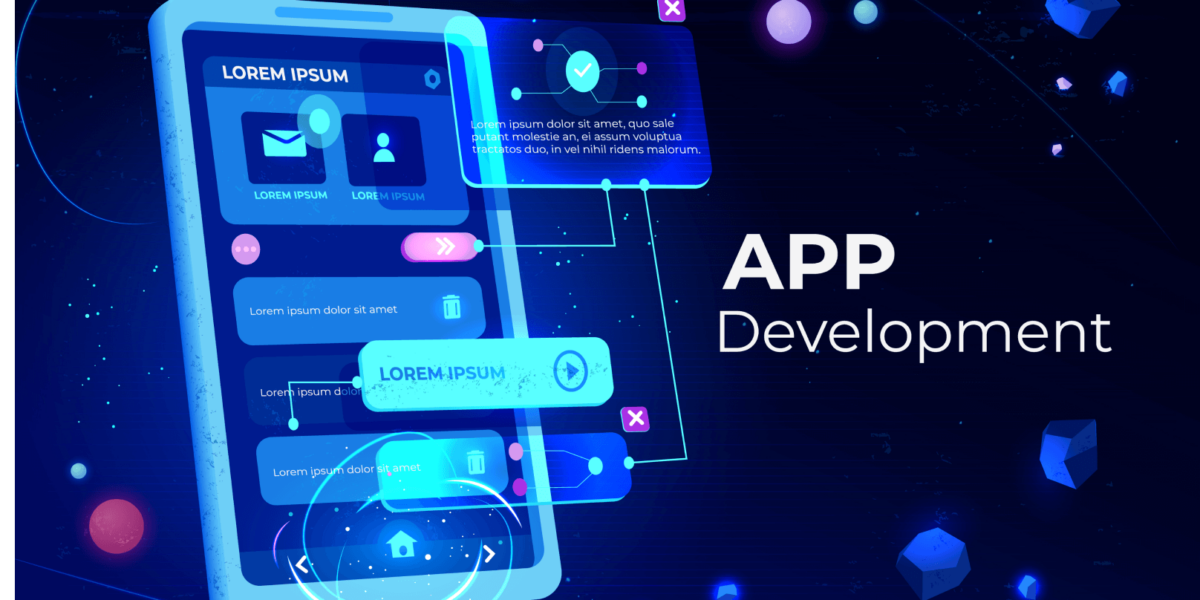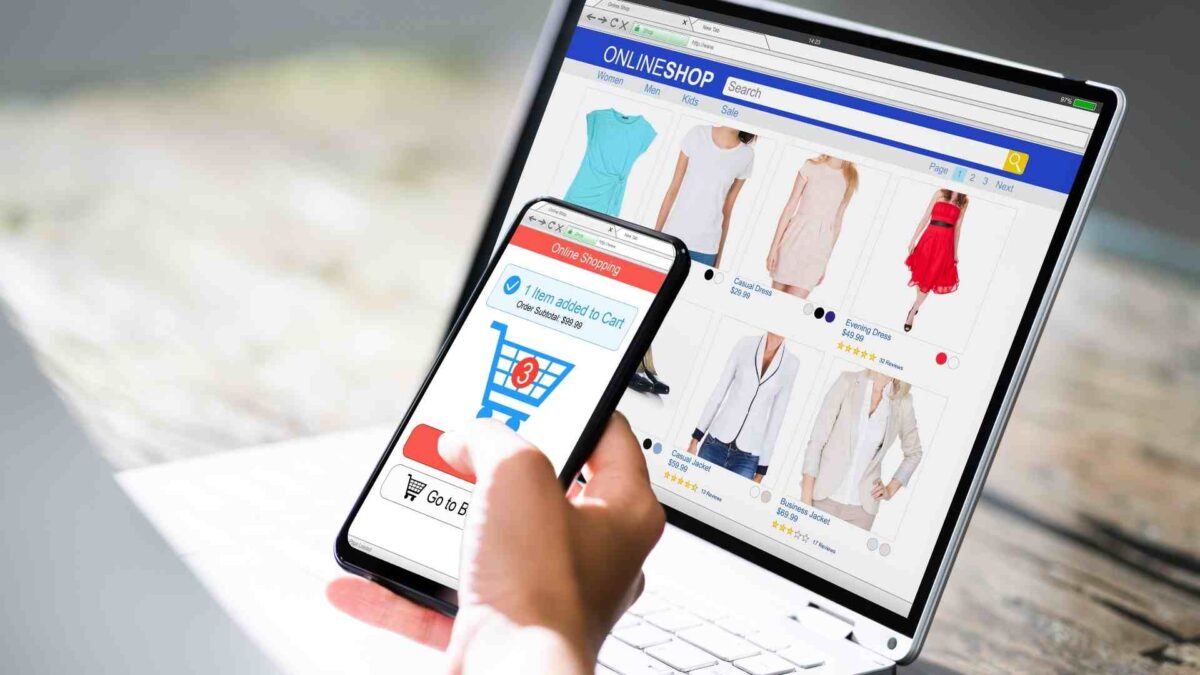Introduction
You’ve spent weeks or months designing your app, and now it’s time to share it with the world. Whether you want to build an app for personal use or for profit, this article will show you how to make sure your app is ready for prime time.
Create an account with the App Store and Google Play.
You can create an account with the App Store and Google Play by following these steps:
- Go to the App Store or Google Play website.
- Click Sign In (or Log in).
- Enter your email address, password and security questions when prompted. If you don’t have an Apple ID yet, you can create one from this screen by clicking Create Apple ID now.
Prepare your app for review.
- Remove any sensitive information.
- Remove any offensive content.
- Remove any copyrighted material
- Remove any content that is not yours (or may be trademarked)
- Do not include advertisements or similar in your app, even if it comes from Google or Apple themselves
Test your app on a device.
Test your app on a device.
When you’re testing, it’s best to do it on an actual device rather than the simulator. It may be tempting to just test on one or two devices and move forward, but there are so many possible combinations of Android and iOS versions, languages, and countries that could mess up your app that you want to be sure everything works for everyone.
Ideally, you’ll have access to several different types of devices:
- iPhones with different screen sizes (4S through X)
- iPads with different screen sizes (mini through Pro)
- Android phones with different screen sizes (2G through 5G+)
The more variety in hardware specs among your testing devices, the better!
Submit your app for review.
Once you’ve finished developing and testing your app, you can submit it for review. The submission process is a bit different for iOS apps than it is for Android apps.
For iOS applications:
- Sign in to iTunes Connect using the Apple ID that was used when creating your development certificate ($99/year).
- Select My Apps from the left-hand menu, then choose New App (or Add New App on older versions of iTunes Connect). If this is not visible by default, select Manage Your Applications instead, then select Create New App from the upper right corner of your screen (this will also show you any existing apps that have been submitted).
- Enter basic information about your application into fields provided on this page: name, version number (e.g., 1), SKU number or bundle ID (unique identifier); availability status (for example “Available” or “Not yet released”); contact email address; description (optional) metadata
Make sure you are ready to launch.
Launch day is the culmination of a lot of hard work. Your app is ready to go, and you’re excited to share it with the world. But before you do, make sure you have everything in place:
- A marketing plan – Do you know how people will find out about your app? Have social media accounts set up, an email list that can be used for announcements, and a website dedicated to talking about your product (and maybe even hosting some of its content).
- A support plan – If people have questions or problems with your app on launch day, are they going to get answers? Are there ways for them to contact you directly?
- Considered dealing with negative reviews – If someone writes a negative review on the store where they downloaded your app from, is there anything you can do about it?
You must have an account with both the App Store and Google Play before you can publish your first app.
You must have an account with both the App Store and Google Play before you can publish your first app.
- You need to register with both the App Store and Google Play.
- To register, you will need to provide your bank account details, credit card details, contact details and developer name.
the reason to publish your apps
- [Why you should publish your apps]
- [The importance of publishing your apps]
- [The benefits of publishing your apps]
- [Publishing your app on android and ios store]
Conclusion
The next step is to publish your app on the App Store and Google Play. You can start by creating an account with both stores, then prepare your app for review by testing it on a device and submitting it for review. After you’ve submitted it, make sure that you are ready to launch! The last step is the most important one – if there’s anything wrong with your app (such as bugs or crashes), wait until they are fixed before launching it on Apple’s App Store or Android’s Google Play store



